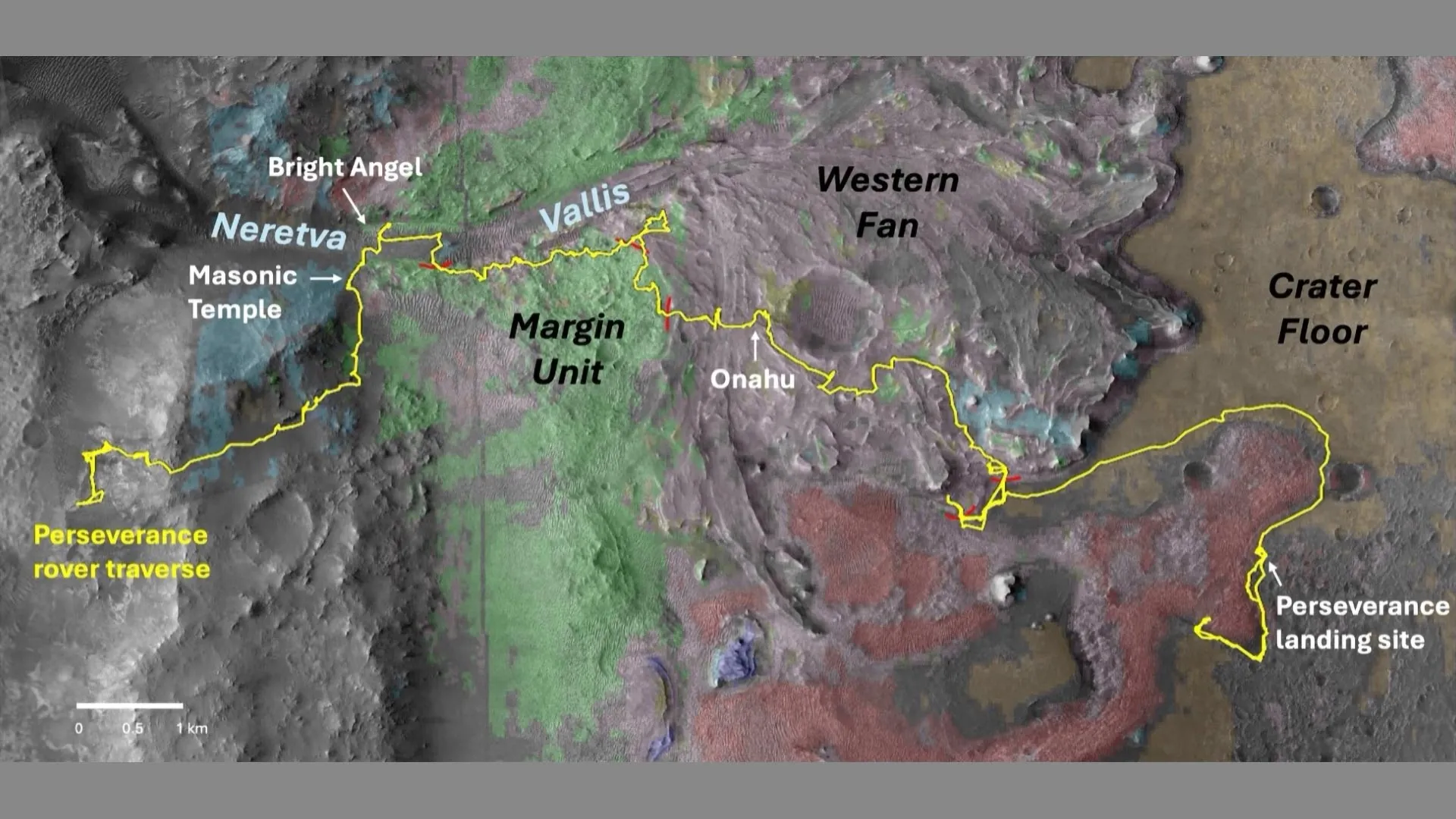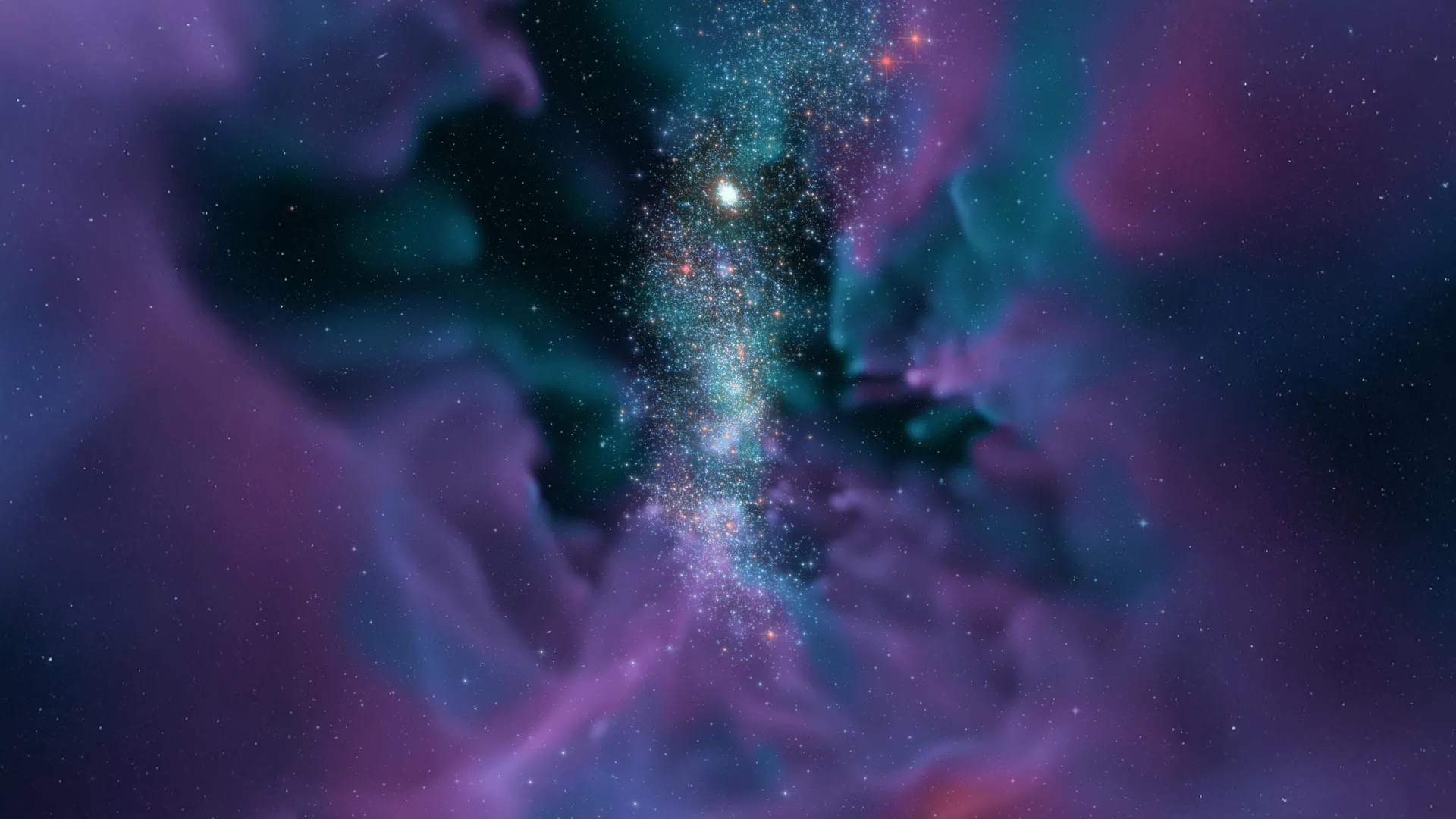Now Reading: NASA’s Perseverance Uncovers Ancient Mars Chemistry, Hints of Life
-
01
NASA’s Perseverance Uncovers Ancient Mars Chemistry, Hints of Life
NASA’s Perseverance Uncovers Ancient Mars Chemistry, Hints of Life

Quick Summary
- NASA’s Perseverance Rover has spent three years exploring Jezero Crater on Mars, uncovering evidence of ancient chemical reactions shaped by water.
- Scientists have created detailed mineral maps of the crater using data from orbit (CRISM) and in situ observations by Perseverance’s instruments.
- Deposits of clays (such as smectite) and carbonates indicate abundant water on early Mars.
- Unusual minerals, such as iron phosphates, sulfides, and likely vivianite phosphate nodules, were discovered embedded in clay-rich mudstone at sites like Radiant Angel.
- Organic compounds may have influenced redox reactions that formed these minerals. Redox processes create energy that could theoretically support life or prebiotic chemistry.
- Innovative spectral correction techniques have clarified CRISM orbital data for more accurate mapping. AI-based algorithms further enhanced mineral identification across Mars’ surface.
- Sulfur isotope analysis might confirm whether some reactions were biologically driven or resulted from organic-mineral interactions over long geologic timescales.
Indian Opinion Analysis
The findings from Jezero Crater expand our understanding of Mars’ ability to support chemical environments necessary for life. Identifying minerals associated wiht water points toward potentially habitable conditions billions of years ago. The finding that organic compounds seem linked to redox processes underscores the meaning of examining extraterrestrial materials for clues about prebiotic chemistry or biological activity.India’s growing interest in space missions aligns well with research innovations seen here-particularly those combining orbital imaging with surface-level exploration methods. Similar methodologies could bolster India’s lunar and Martian missions under ISRO’s purview. As international collaborations spark advancements like AI-driven mapping technologies showcased here, India’s emphasis on indigenous scientific development along with partnerships may enhance it’s contributions to deep-space exploration challenges tied to habitability studies.
The anticipated return of Martian samples opens pathways for deeper analysis that Indian researchers can learn from as local capabilities advance toward planetary studies informed by developments worldwide.

























